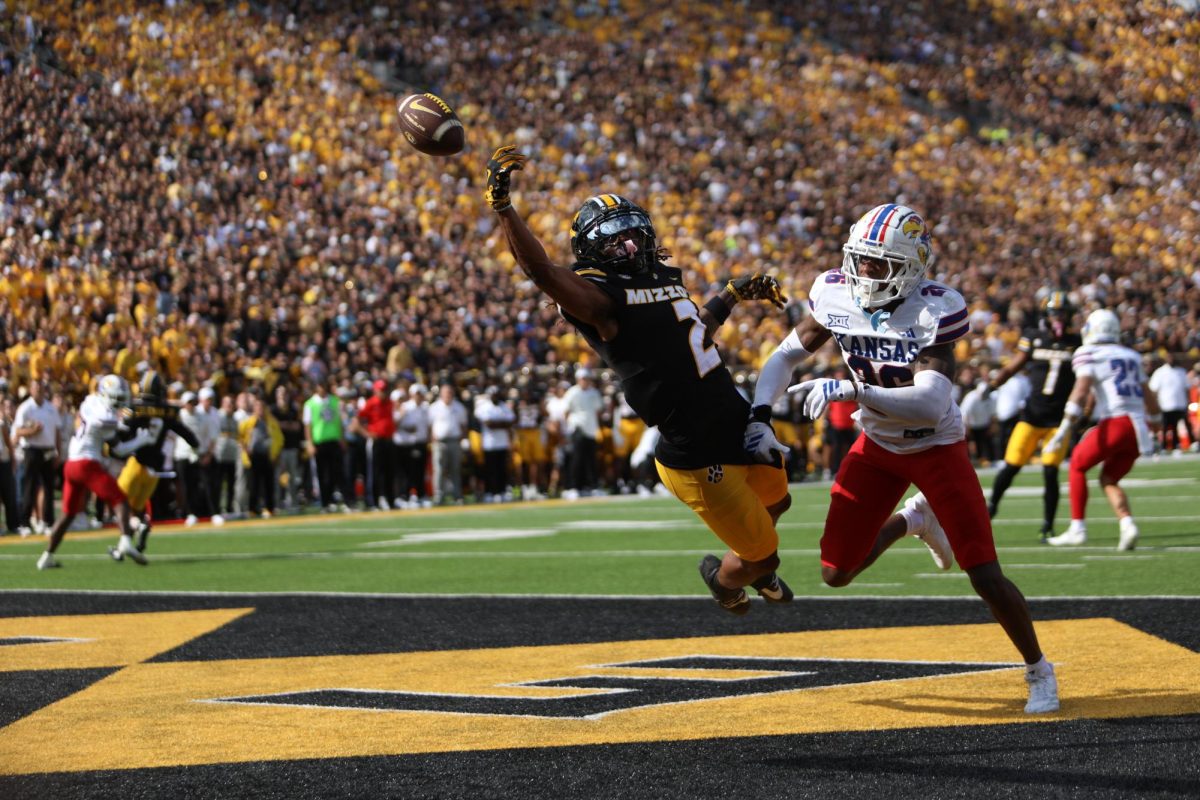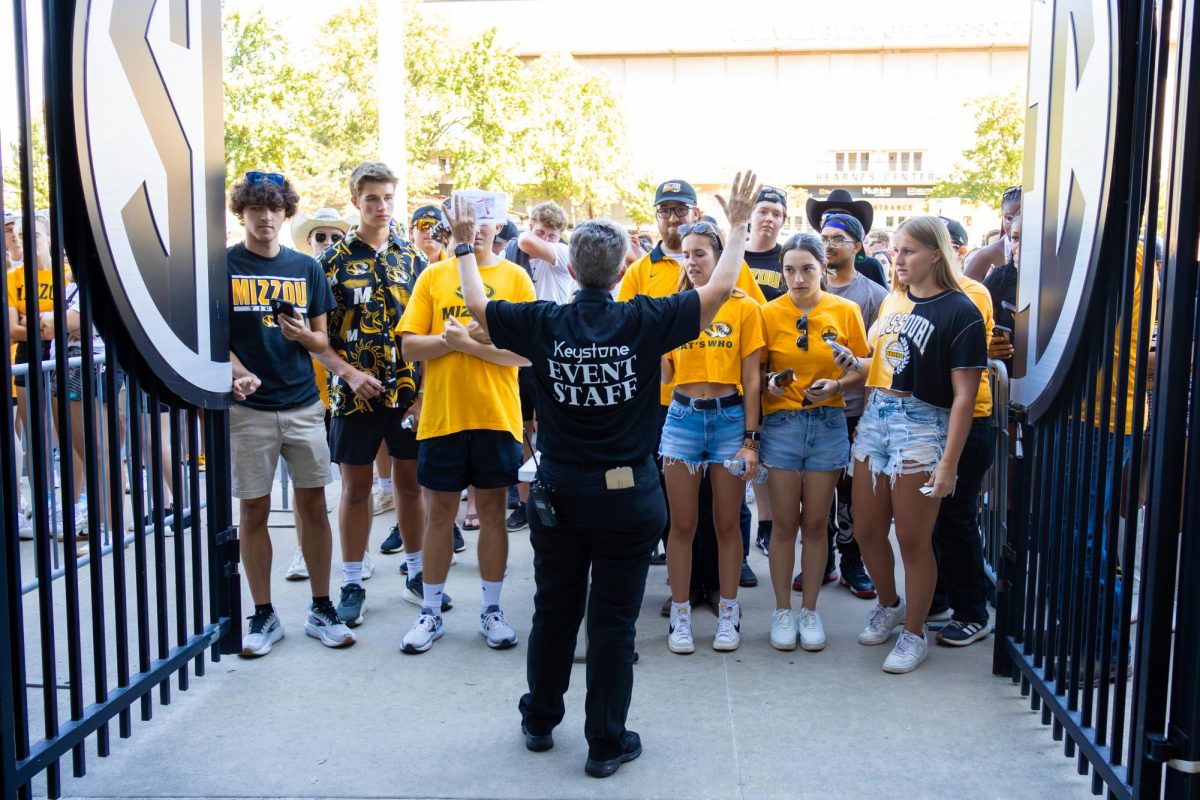Third Ward councilman Karl Skala discussed a new way to fund road maintenance earlier this month.
“It costs (roughly) $24 million per year in maintenance to take care of our roads, and we only have (roughly) $9 million to do that,” he said.
Road maintenance and city infrastructure is partially funded by a five-cent transportation tax and a 50-cent under-roof development fee per square foot. When developers build in Columbia, they pay 50 cents per square foot of their development project. This system also helps fund Columbia’s airport and bus systems.
In order to raise the amount needed to pay for road maintenance and city infrastructure, Skala proposed a system, first introduced in 2005 but rejected by City Council, where developers pay for the amount of traffic their site generates during peak hours of the day. This way, developers would be paying for the increased usage of the roads that their facilities generate, instead of the square footage of their buildings.
The growing student population takes its toll on Columbia’s roadways, Skala pointed out.
“The students use city resources like parking, and there is more traffic congestion,” Skala said. “We should do what is necessary to alleviate congestion and its issues.”
The Institute of Traffic Engineers developed a trip generation model that shows how an establishment such as a convenience store will generate 52 times more traffic when compared to a residence in Columbia.
“(The proposal is a) user-based system to assess the cost of road maintenance,” Skala said. “It’s a trip generation plan that affects the development fee. The idea is based not only on the size of building, but it is contingent on how many trips the development generates.”
The current system of development fees and how well it funds road maintenance doesn’t work well enough, he said.
“It doesn’t cover it now,” Skala said. “Initially, the infrastructure was adequate. It is so woefully inadequate at the moment… We do not have adequate maintenance funds for what we have.”
Skala faces opposition from the City Council, including Mayor Bob McDavid.
“This proposal was debated in the infrastructure task force,” McDavid said. “The choice to go in a different direction from what we currently utilize substantially increases the cost of investing in a building.”
McDavid noted how there are other ways to pay for city infrastructure and road maintenance.
“When you develop, you pay property tax, citizens pay sales tax, all of that goes into funding road maintenance,” McDavid said.
According to Mitch Skov, senior planner in the Department of Planning and Development, the rising population is not affecting roadways at a very high level.
“Depending on what street you’re on, traffic has not increased; in fact, it has decreased in some areas,” Skov said.
On the traffic counts page on the city’s website, this is proven on multiple streets including Business Loop 70. At the peak hours of the day, the average daily trips taken on Business Loop 70 east of Jefferson Street were 18,862 in 2006. In 2009, the same street saw only 17,284 trips, an 8.4 percent decrease.
Further development in Columbia is a major point of discussion with this proposal.
“Development depends on what we would choose to be the cost for the development fees,” McDavid said. “There is only so much developers are willing to pay. There is a cost and if the cost is too high, you’ll buy else where.”
Fifth Ward councilwoman Laura Nauser also disagrees with Skala’s proposal.
“We need to come up with funding for infrastructure, but I don’t agree with taxing new people through trip-generated profits,” Nauser said. “That would push development outside city limits. If they did (develop), they would think long and hard.”








